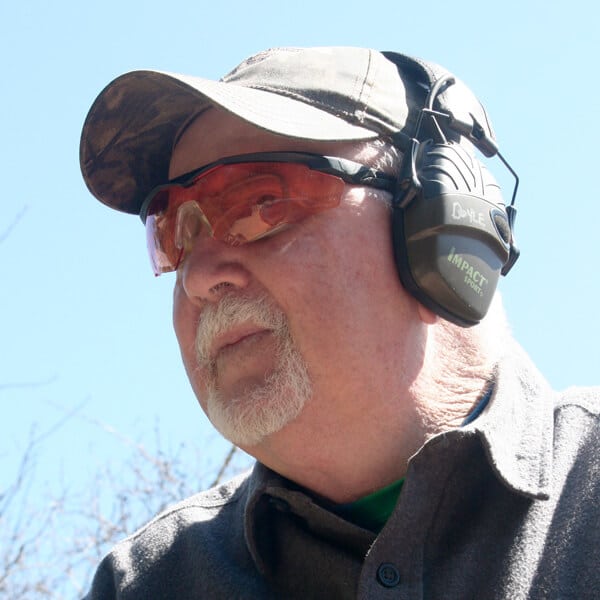Are Lt. Col. Jeff Cooper’s Teachings Still Relevant?
April 27th, 2023
9 minute read
The four rules of gun safety are considered the cornerstone of firearms training and an essential component of responsible gun ownership. Lt. Col. Jeff Cooper, a pioneer in pistolcraft and founder of the American Pistol Institute, is credited with developing these fundamental safety rules. In today’s article, veteran law enforcement instructor Mike Boyle questions if Cooper’s rules are as relevant today as they were when they were first introduced.
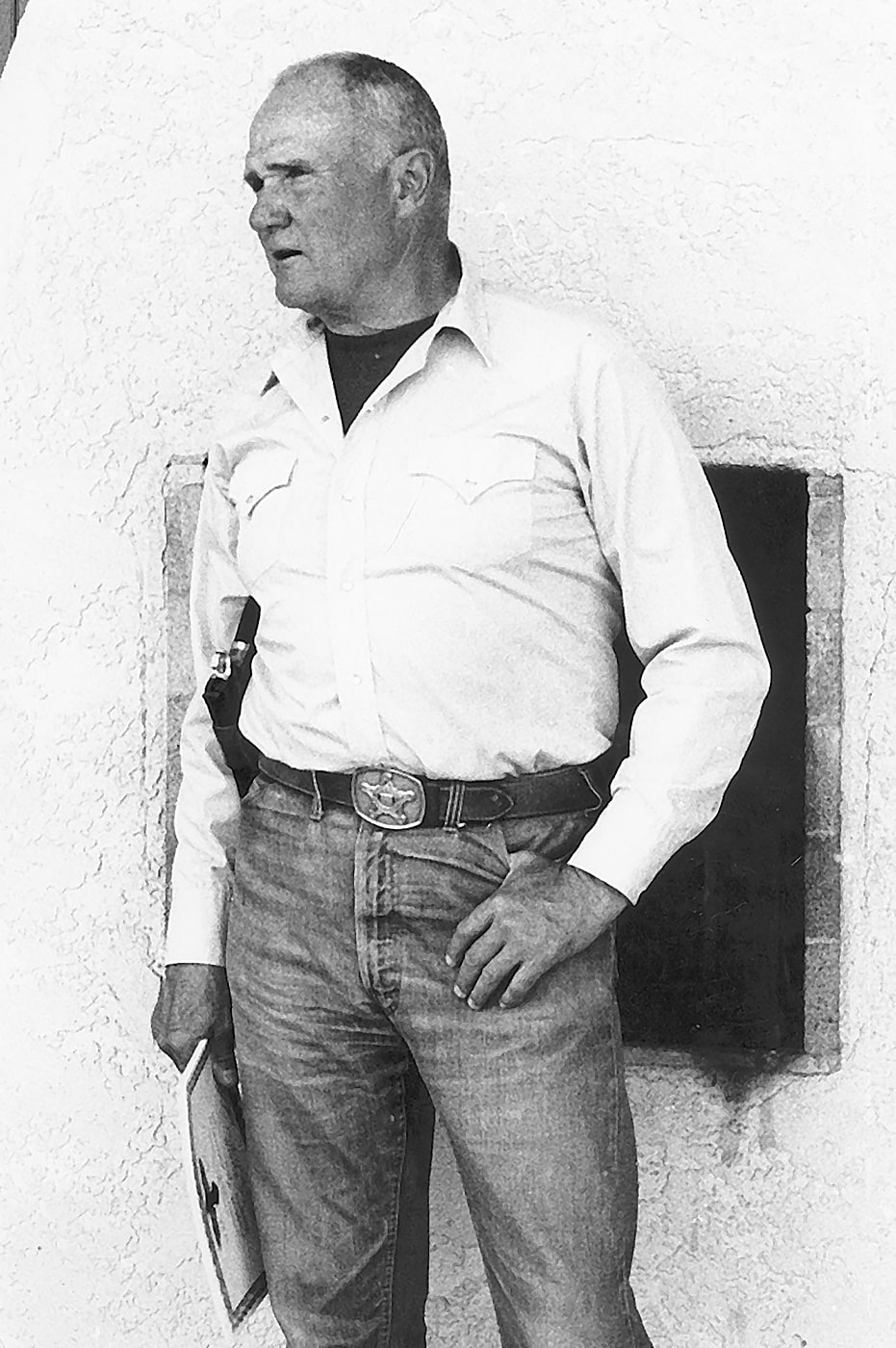
Lt. Col. Jeff Cooper is an unquestioned titan of pistolcraft, with his teachings influencing generations of shooters — in no small part through the continuing efforts of Gunsite Academy through to today. But, as revolutionary as his thinking was during his era, is that an era of a time passed? Are his teachings good for historical perspective but strictly useful for only that?
Foundation of Firearm Safety
I have been thinking a lot about this recently, and when the editors at The Armory Life asked me if I was up for doing a piece on Cooper and his teachings, I jumped at the chance. The ownership and use of firearms is an important freedom and right of Americans, but it is also a responsibility. Gun safety is paramount. Cooper clearly felt very strongly about this, as was evident in much of his teachings.
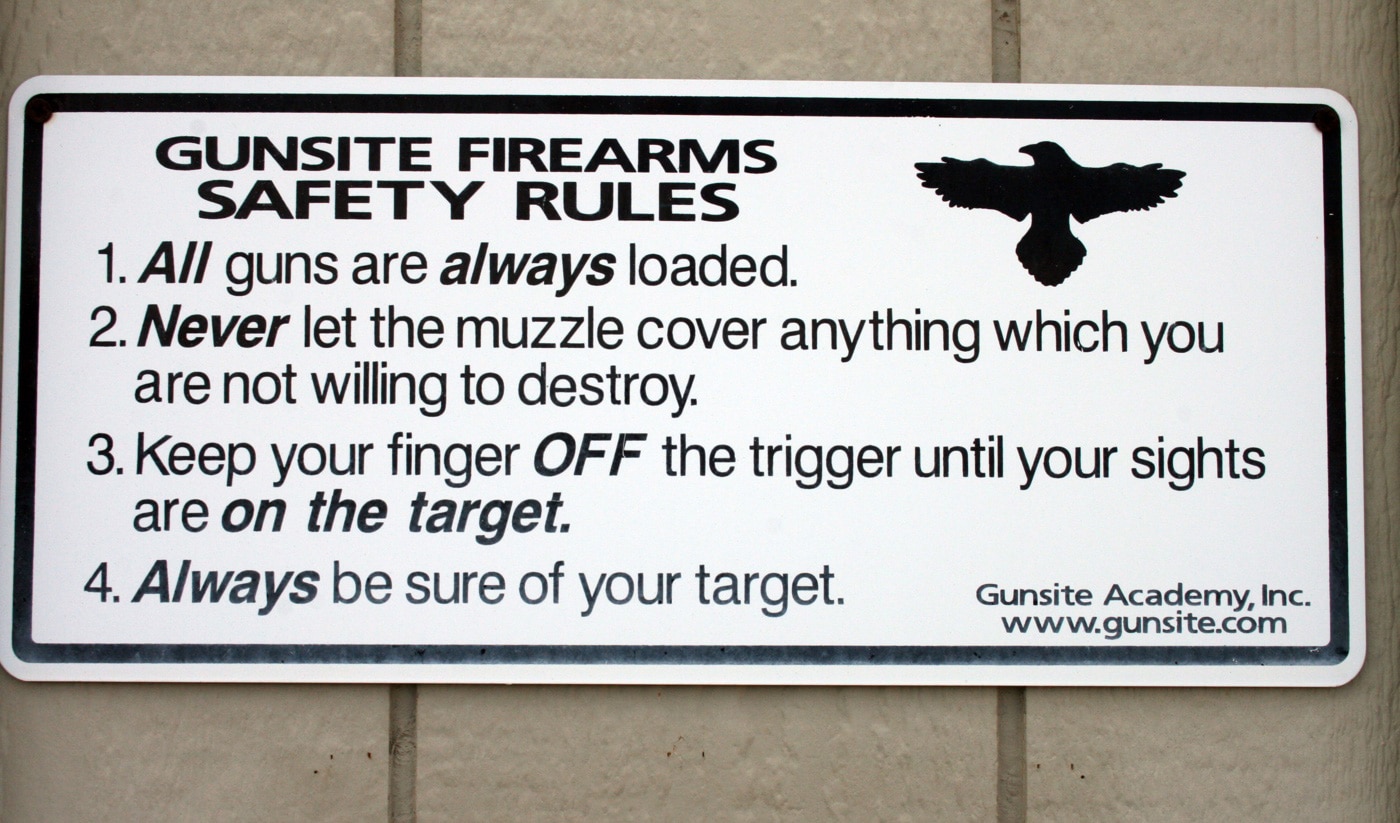
Safety can be defined as the condition of being protected from or unlikely to cause danger, risk or injury. I think we would all agree that safety should be foremost on our minds when carrying or using firearms. Quite frankly, firearms are instruments that we don’t have the luxury of learning by experience. When things go wrong, there is no pushing the rewind button to bring a bullet back. We must train and prepare to capably and carefully handle and use them.
Over the years, different organizations and individuals have put their own spin on safety protocols and devised all sorts of rules. At a tender age, I was taught the NRA’s “Ten Commandments of Firearms Safety” which proved to be a lot for a ten-year-old mind to absorb. Great stuff, for sure, but it was an awful lot of information to commit to memory for someone new to the game.
Lt. Col. Jeff Cooper was a U.S. Marine Corps officer, college professor, prolific writer and founder of the American Pistol Institute. His research on human performance and gunfighting evolved into the Modern Technique of the Pistol, a comprehensive system of running a defensive handgun. Another of his notable accomplishments was adapting the color code to personal defense and stressing the importance of a positive mindset to prevail in a confrontation. More than a half-century ago, this was indeed heady material and went against the grain of what had come before.
To say the least, Cooper was unyielding in his views on many topics relative to pistolcraft. Many of the principles he pioneered have been adapted and possibly improved upon. That in no way diminishes his contribution to the craft. You can always tell the pioneers — they’re the ones with the arrows in their backs.

One of Cooper’s contributions that I think has withstood the test of time was his spin on safe firearm handling. His “Four General Rules” are succinct and easy to understand. Best of all, they apply not only to the range but in your home, vehicle and when out and about in polite society. They are based on your safe gun handling and not on any external safety device. Described succinctly, Cooper’s firearm safety rules are:
- All guns are always loaded.
- Keep your gun pointed in a safe direction.
- Keep your finger off of the trigger and outside the trigger guard until you are ready to shoot.
- Be certain of your target.
Today, just about every public and private training institution, as well as outfits that put armed people out in the field, use some variation of these rules. In my classes, I still prefer to use them in their unmodified form. Let’s take a look and see what they are all about and see if you agree with me.
Rule 1: All Guns Are Always Loaded
A good part of my career was spent in a classroom environment handling and demonstrating various skills with firearms. To this day, when using a live firearm for demonstration purposes, I visually and physically inspect it to verify it to be an unloaded gun and confirm this with one of the students. Does this somehow compromise the meaning and spirit of Rule #1? Not really.
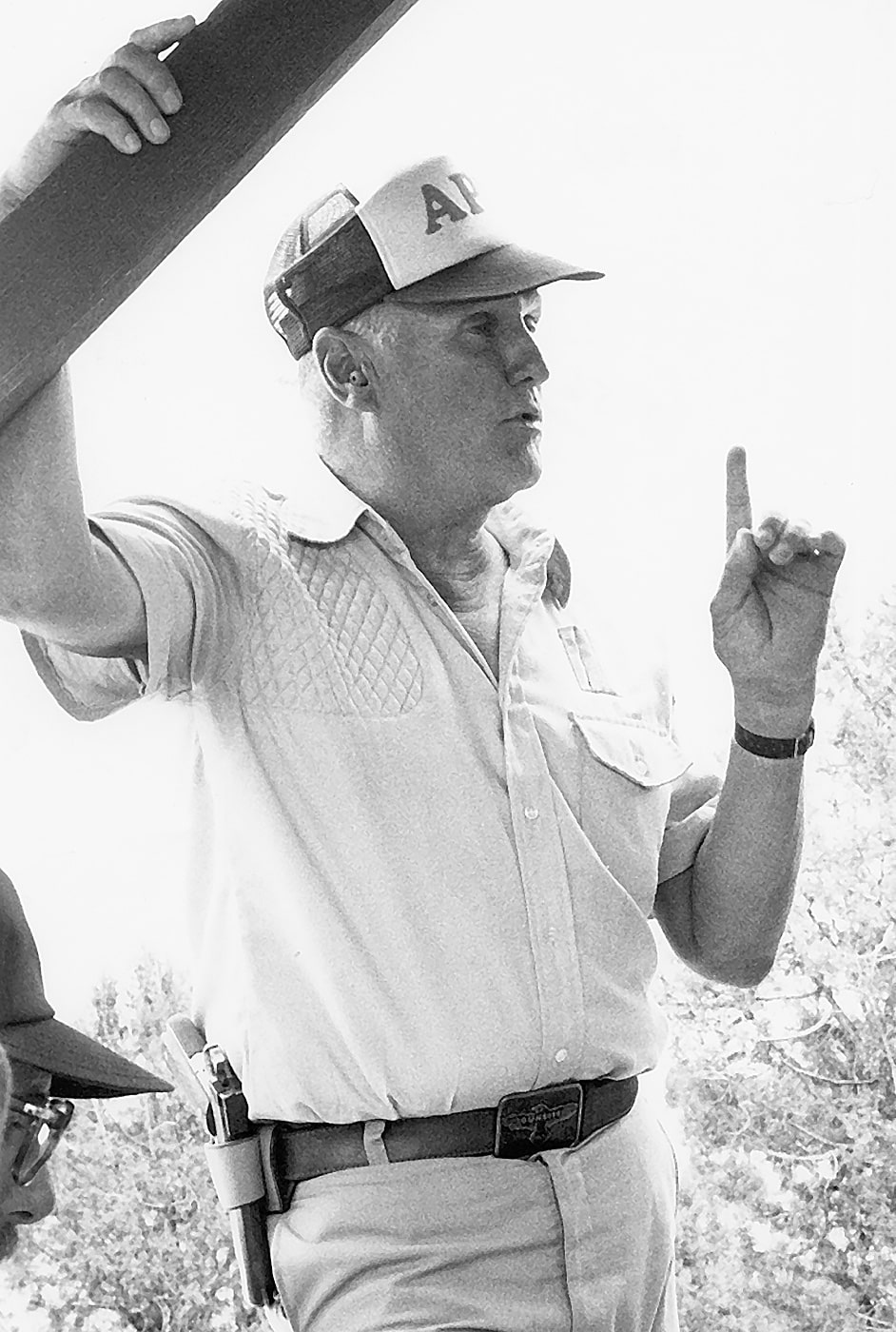
I am of the feeling that if we embrace the concept of some guns are loaded and dangerous while others are not, disaster is right around the corner. If you have one standard of care for guns that you believe are “clear and safe” and a second standard for loaded guns, sooner or later, you will get your wires crossed.
I have been engaged in firearms instruction in one capacity or another for over 40 years and have unfortunately witnessed dangerous gun handling where the user tried to excuse it because “it’s not loaded” with live ammunition. Along similar lines, I have also been present when guns went bang when they shouldn’t have.
I, for one, do not buy into the concept of “treat every firearm as if they were loaded”. That message is diluted and does not carry the same weight as the original rule. As far as I’m concerned, they are all loaded until proven otherwise but are still treated with the same standard of care.
When accepting a firearm from another person who claims it is unloaded, it’s still your responsibility to double-check. Never assume a gun is unloaded. Ultimately, the “I didn’t know it was loaded” excuse does not absolve you of responsibility in the event of an negligent discharge.
Rule 2: Never Let Your Muzzle Cover Anything You Are Not Willing to Destroy
A squared-away handler of firearms controls where the gun is pointed at all times. Quite simply, destruction originates from the barrel of the gun. If the end of the barrel doesn’t cross your body parts, other people or things you don’t want to put holes in, you are going down the right path.
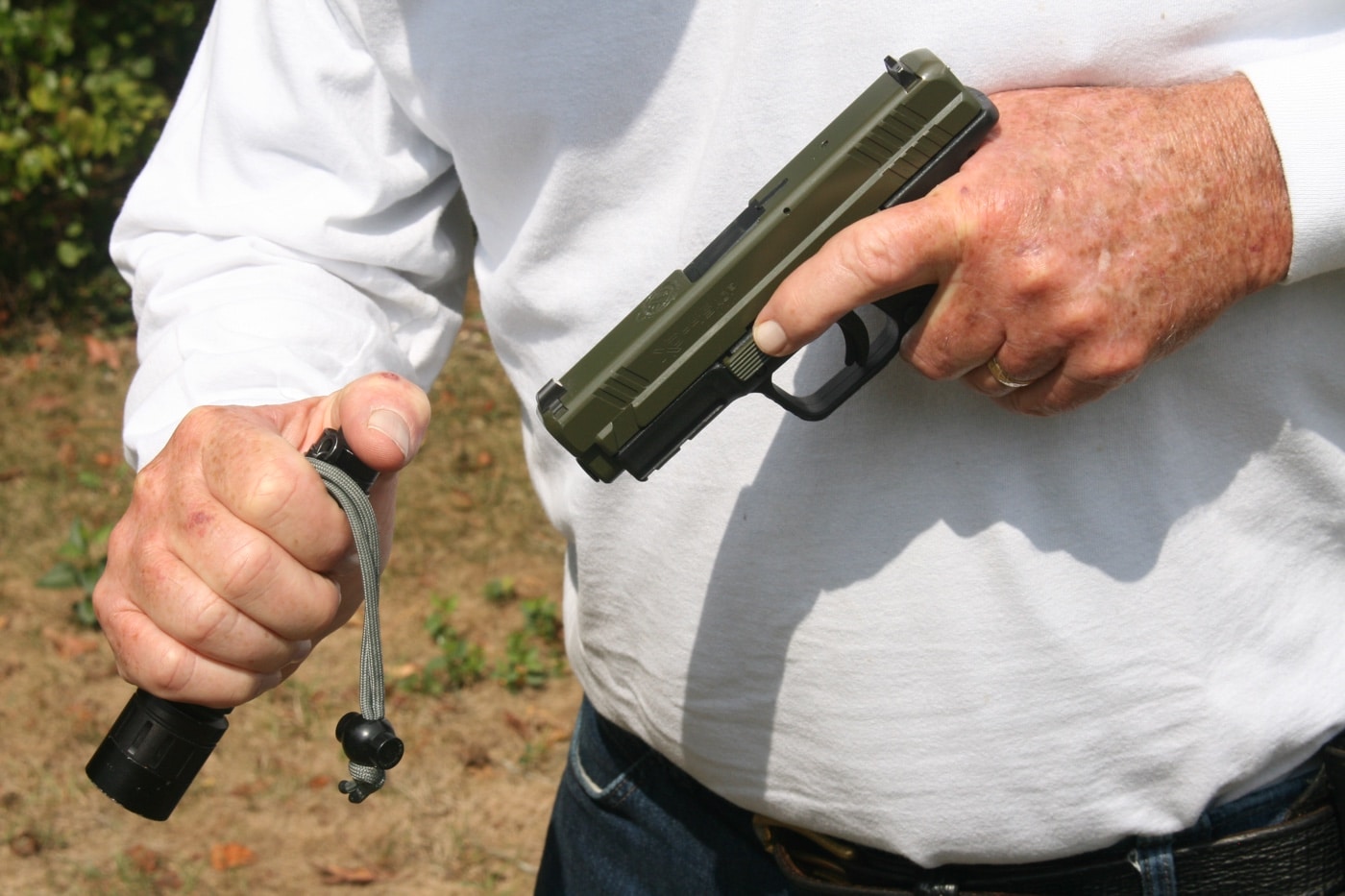
Unfortunately, some firearms users may take a pretty casual view of this and excuse their inattentiveness with a response of “It’s not loaded.” Some years ago, in an instructor-level class I was assisting in, I remember looking down the muzzle of an MP5 SMG and getting such a response. I can assure you my verbal retort to this indiscretion was memorable.
When using handguns on the range, the muzzle must only travel in a 90-degree arc from the holster to the target and back. There should not be any turning with gun in hand to the side or rear, as the end of the gun will inevitably cover someone it should not. And extreme care should be used when bending down with a shotgun or rifle slung on the shoulder as the muzzle can cross an unsafe direction.
The most common violation of Rule 2 is pointing the muzzle at your own parts. I have often watched a shooter use the support hand either to move clothing out of the way or to open the mouth of a collapsed holster to return the gun. When doing so, the muzzle covers the hand or wrist. Be sure to use a holster that does not collapse on the draw and allows for a one-handed return. When shooting from odd positions or even returning from a kneeling position, make sure you are not pointing the end of the gun at your legs.
Rule 3: Always Keep Your Finger off the Trigger Until Your Sights Are on the Target
Well-made, modern firearms do not go off by themselves. They go off when you press the trigger, because that is what they are designed to do. If you don’t want the gun to fire, do not touch the trigger with your finger. Until you have made the decision to fire, I strongly recommend placing a slightly bent finger on the frame/receiver of your pistol, rifle, or shotgun just above the guard.
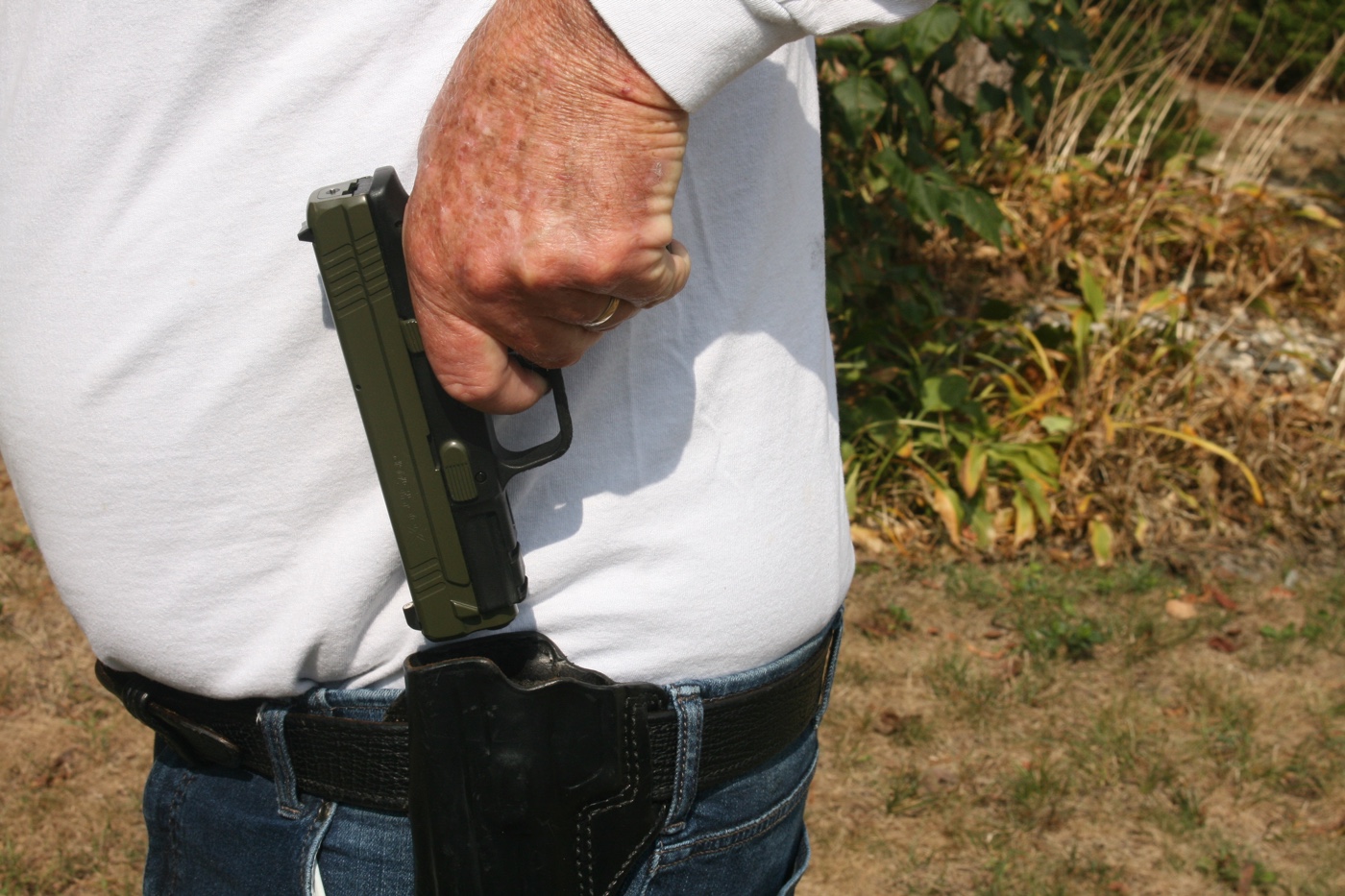
Extreme stress can sometimes be a factor. Folks with limited or no training often bring the gun to eye level and the finger moves to the trigger to really be “ready.” Life-threatening stress compromises fine motor skills, and the end result can be a negligent discharge. When challenging a person who is a threat to avert the need to apply deadly force, the finger should be off the trigger as you issue your verbal commands. A massive safety net is gained, and you are no less ready to fire if needed.
Many negligent discharges are the result of a violation of more than one rule. For example, a muzzle pointed in an unsafe direction and finger on the trigger remains the classic recipe for a negligent discharge.
Rule 4: Be Sure of Your Target
You have a responsibility as a gun owner to know what you are shooting at. Know your target and what is beyond. Some years ago, another officer was tasked with investigating a hunting incident. A hunter shot a deer on the crest of a hill without any regard to the background. He missed the deer, but the rifled slug he fired traveled some distance and entered the window of a second-grade classroom, impacting on the blackboard. I’m happy to report no one was injured in that incident.
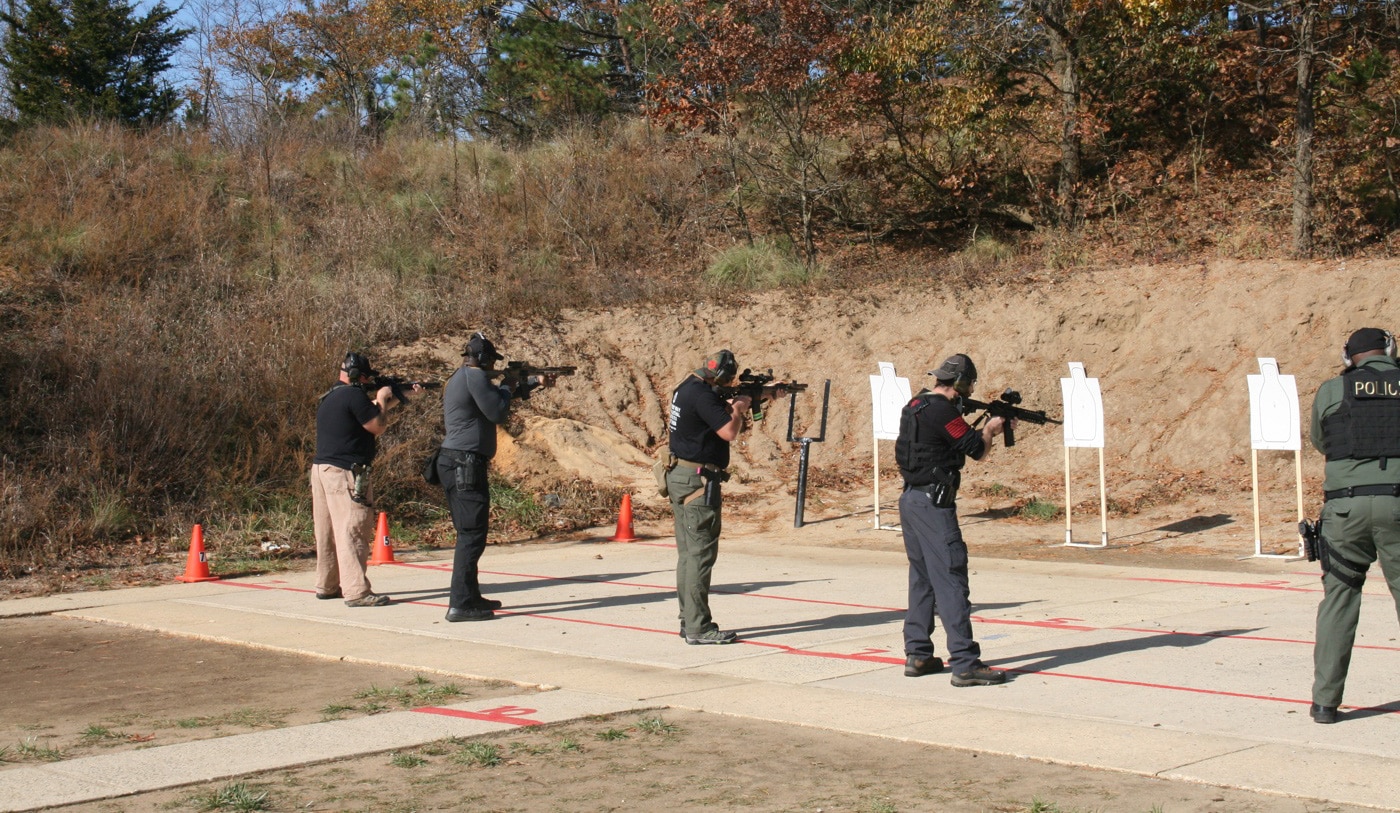
The bottom line is that if you hit it, you own it. This is true daytime or night, no matter what good intentions you might have had. The harsh reality is that you are responsible for the terminal resting place of any projectile that comes out of your barrel. That means you better positively identify your intended target and be absolutely sure that there is nothing that you would want to strike beyond your target. Even if you hit what you are aiming at, there is the potential that the bullet passes through the target and continues on to hit a bystander.
Conclusion
We can argue about the details of Cooper’s firearms training, his stances, their viability today, etc. And while some might feel strongly one way or the other about his teachings, I believe these four basic rules of firearm safety ring just as true today as the day they were first written! I also believe these rules are not just for beginners. Mishaps with firearms can occur with experienced shooters who should have known better and these safety precautions make good sense to help prevent a negligent or accidental discharge.
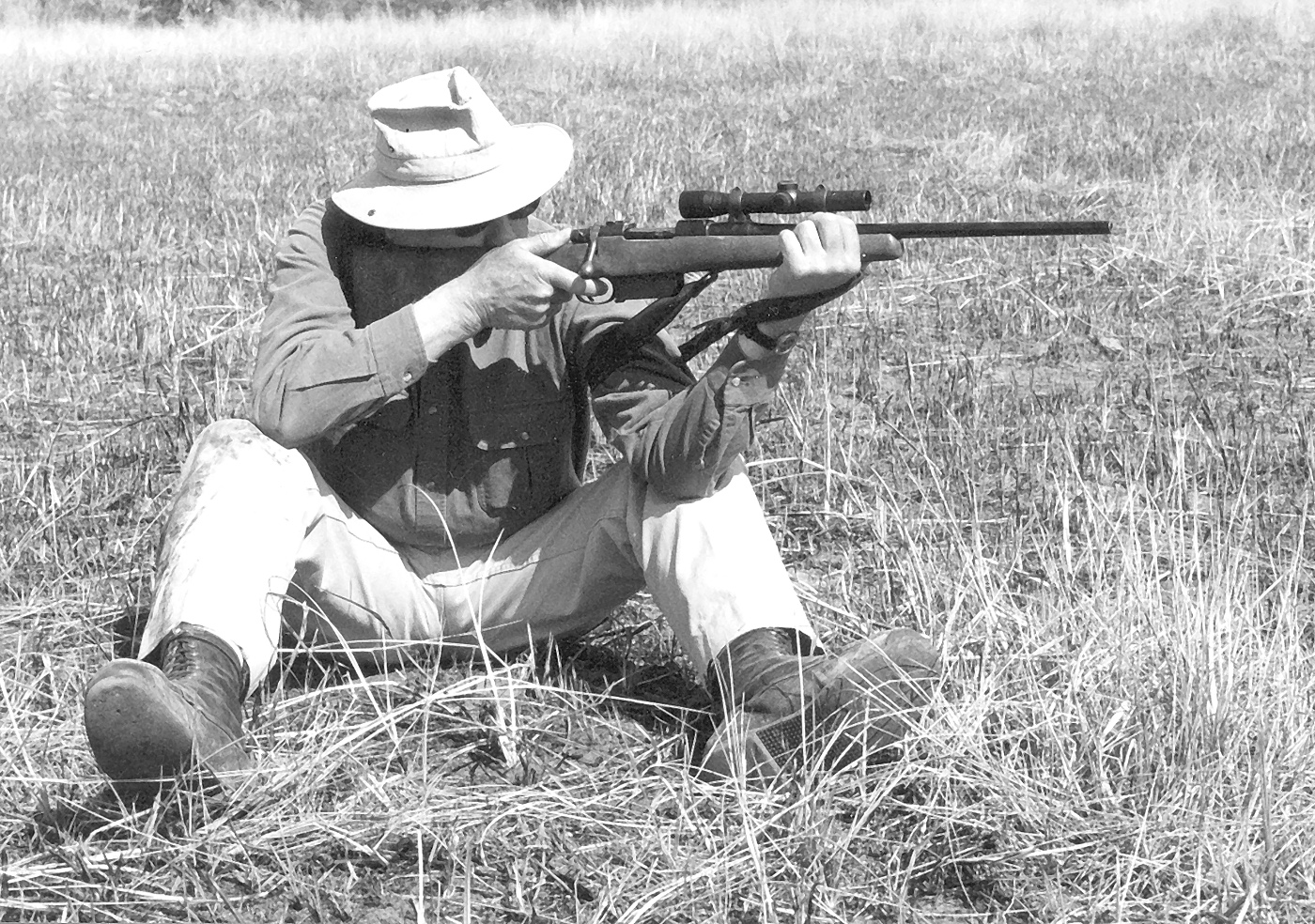
Of course, common sense should also come into play. Just because some unsafe action is not identified here doesn’t mean you should do it. For example, you want to avoid alcohol, medicine or any substance likely to impair normal mental or physical responses. Never touch a gun if you’ve been drinking.
Should you make it a habit to use these gun safety rules whenever you handle a firearm, using and carrying guns will prove no more dangerous than driving a car or using power tools. Safety remains a state of mind rather than a mechanical device. So, use this guide to make sure you are safe and responsible with your gun. I can think of no greater compliment to Cooper and his teachings than this.
Editor’s Note: Please be sure to check out The Armory Life Forum, where you can comment about our daily articles, as well as just talk guns and gear. Click the “Go To Forum Thread” link below to jump in and discuss this article and much more!
Join the Discussion
Featured in this article
Continue Reading
Did you enjoy this article?

 509
509






